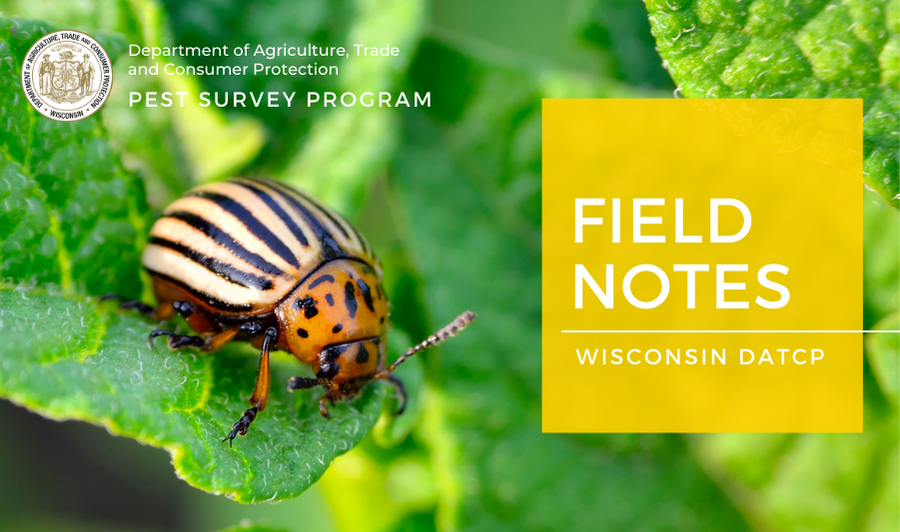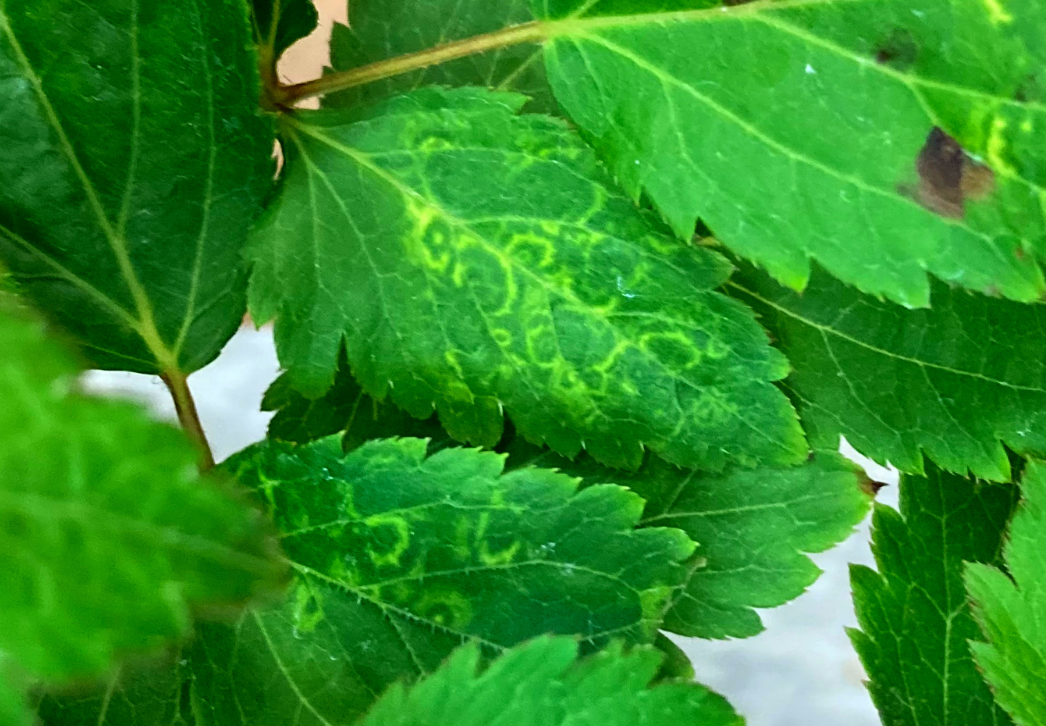|
   Dry weather with above-normal temperatures continued in Wisconsin this week. Much of the state experienced a rare, completely rain-free Memorial Day weekend for the first time in 20 years, and temperatures gradually warmed throughout the reporting period to reach the low 90s on May 31. Precipitation was confined to the northwestern counties, where totals of less than 0.25 of an inch were recorded.
The prevailing warm, sunny conditions supported fieldwork and crop emergence across the state. The first harvest of alfalfa was reported at 33 percent complete at the start of the week, five days ahead of last year and six days ahead of the five-year average. Planting of corn advanced to 90 percent complete, nine days ahead of last year and 10 days ahead of the average. Overall, 82% of the corn crop was reported in good to excellent condition, although soil moisture has declined markedly with the recent dry spell and more rain will be needed soon to ensure uniform crop establishment.
__________________________________
|
|
|
For the 2023 season, the Pest Survey Program is coordinating a detection survey for two invasive vegetable pests: leek moth and swede midge. Our program has surveyed for these insects intermittently for several years, but this year’s effort is different because the trapping is being carried out entirely by volunteer cooperators.
Our cooperators have received their supplies and are planning to set the four traps (two per pest) this week. The traps are intended to be low-maintenance, with the lures and liners replaced on the first of each month. At the end of the season, all trap liners will be returned to DATCP for screening and identification of the target pests. This year’s survey includes 12 locations in Columbia, Dodge, Fond du Lac, Grant, Jefferson, La Crosse, Polk, Sauk, Vernon, Winnebago, and Wood counties.
While swede midge has been detected in Wisconsin in the past, it has not been found in the state since 2019 when the flies were captured on DATCP survey traps in community gardens in Dane and Milwaukee counties. Swede midge (Contarinia nasturtii) is a pest of brassica crops (broccoli, cabbage, and kale). Currently it is widespread in areas of eastern Canada and the northeastern U.S. It has also been confirmed in Illinois and in southeastern Minnesota near the Wisconsin border. Canada has reported up to 85% loss in market yield of cruciferous vegetable crops from this insect.
Similarly, early detection surveys for leek moth have been conducted in Wisconsin since 2018. In the last five years, pheromone traps have been set at 56 garden and small farm locations to detect this pest. Although leek moth (Acrolepiopsis assectella) has never been captured in a survey trap or reported in the state, it could potentially reach Wisconsin in infested alliums (onion, garlic, and leek) or by natural spread from Canada or the eastern U.S. Until recently, leek moth was ranked a “USDA national priority pest” due to the frequency of interceptions at ports of entry and its capacity to cause severe economic losses to allium crops.
Wisconsin vegetable growers are encouraged to become familiar with symptoms caused by these two pests and report any suspected infestations to the DATCP Pest Hotline this season. Swede midge feeding injury can look similar to damage from several other factors and is commonly misdiagnosed until the larvae are found. The links below provide scouting and identification information.
Swede Midge | Cornell Vegetable Program | Cornell Cooperative Extension
Leek Moth | Information Center | The University of Vermont Extension
|
|
 __________________________________
|
|
 TRV symptoms on astilbe | S. Fieweger DATCP
  DATCP’s Plant Industry Bureau Lab has identified tobacco rattle virus (TRV) in a variety of herbaceous ornamental plant samples collected by nursery inspectors since the start of the season. The hosts and cultivars affected were as follows:
-
Astilbe: ‘Fanal,’ ‘Hot Pearls’, ‘Red Sentinel’, ‘Visions in Red’, ‘White Gloria’
-
Bleeding heart: ‘Pink’ and ‘White Alba’
-
Hosta: ‘Sorbet’
-
Peony: ‘Karl Rosenfield'
Tobacco rattle virus is a significant pathogen in the nursery industry due to its wide host range and multiple modes of transmission. Over 400 different plants can be infected with TRV, including popular ornamentals like astilbe and bleeding heart, common weeds such as chickweed and hairy nightshade, and crops including beans, potato, and spinach. On potato, TRV causes a disease called corky ringspot.
Transmission of TRV can occur via contaminated tools, plant sap, grafting, seed, and by stubby root nematodes (Trichodorus and Paratrichodorus spp.). As the primary vectors of TRV, stubby root nematodes are particularly challenging to manage in agricultural or nursery fields because populations can persist in the soil and cause long-term virus infection.
Symptoms of TRV vary by host and environmental conditions. Infected plants may exhibit chlorotic mottling, ringspots, chevrons, spots or streaks, wavy lines, and necrotic lesions. In infected potato tubers, the symptoms are primarily necrotic arcs, rings, and corky spots in the tissue. Plants infected with TRV remain infected indefinitely and must be removed and destroyed to eliminate the virus. Awareness of the variety of symptoms caused by TRV is important for both nurseries and consumers to avoid selling or purchasing potentially infected plants.
|
|
 __________________________________
|
|
|
|
|